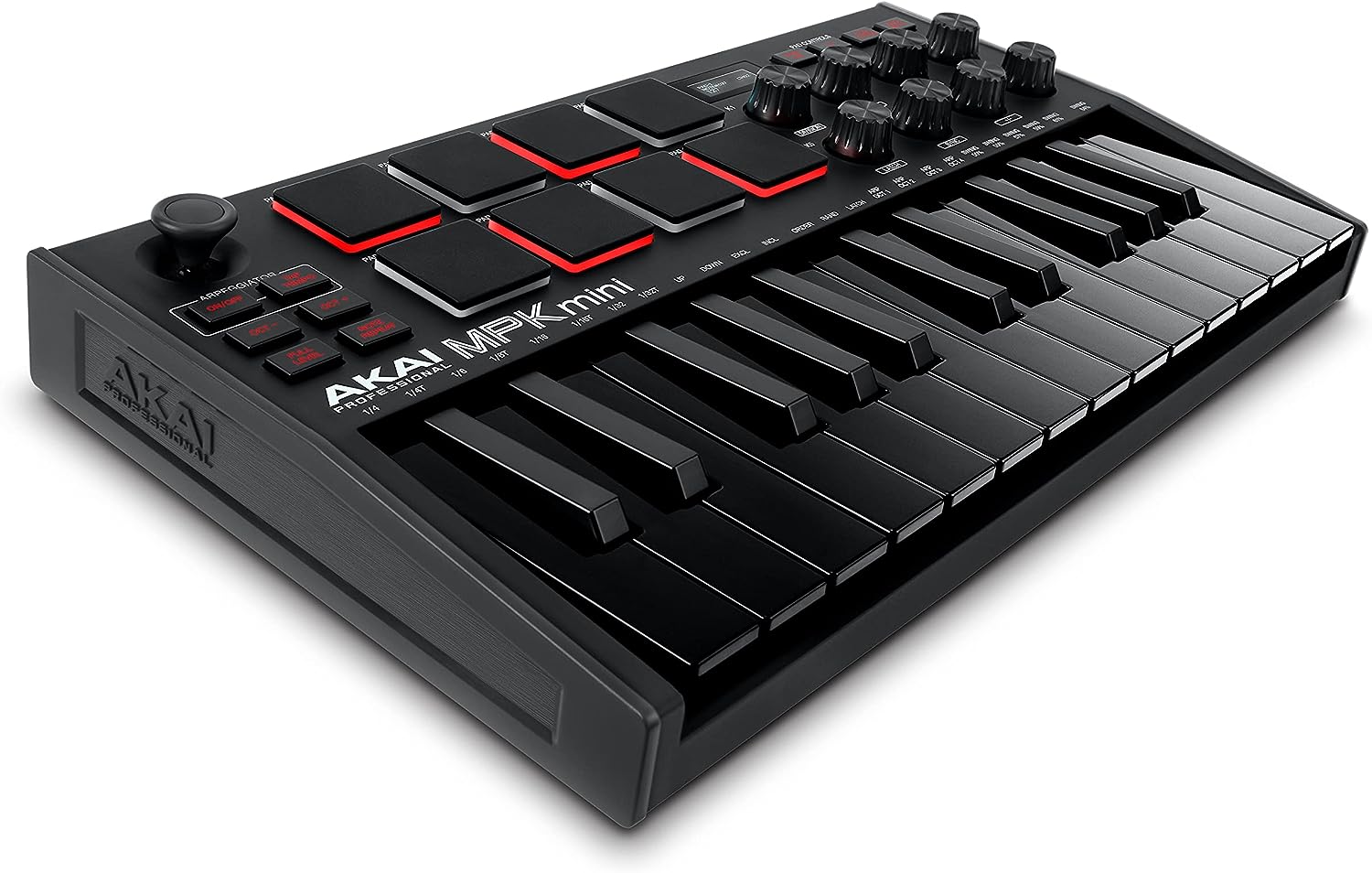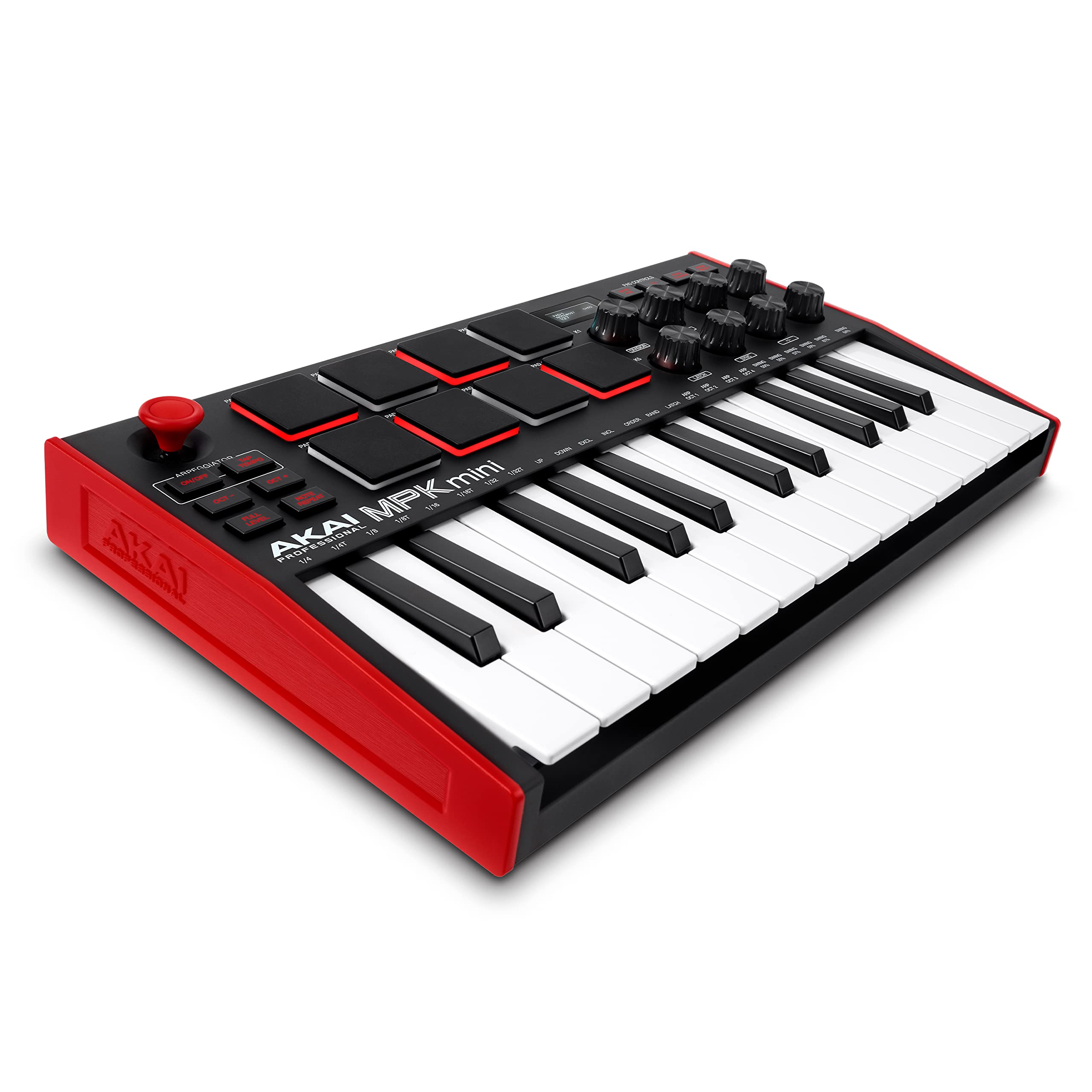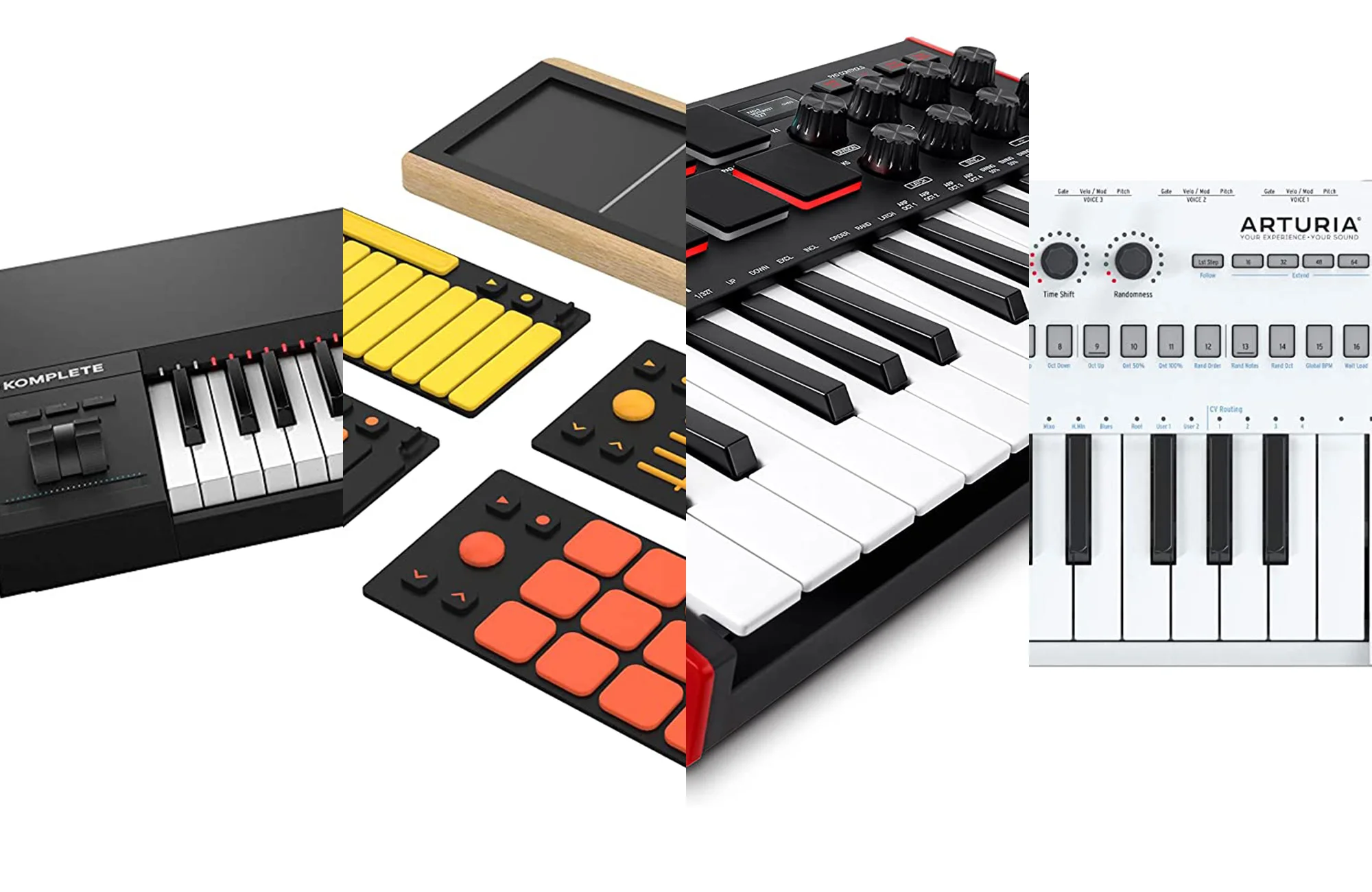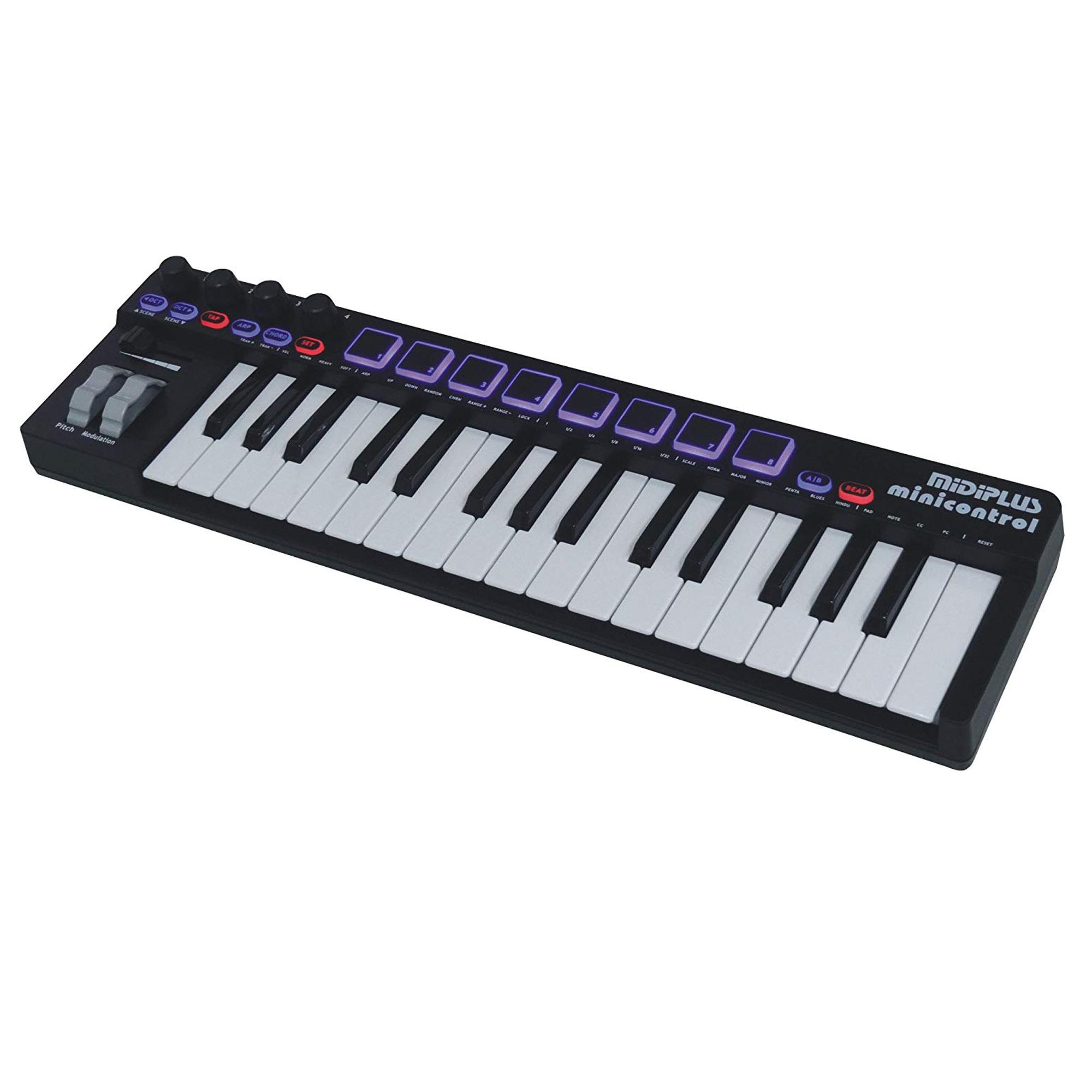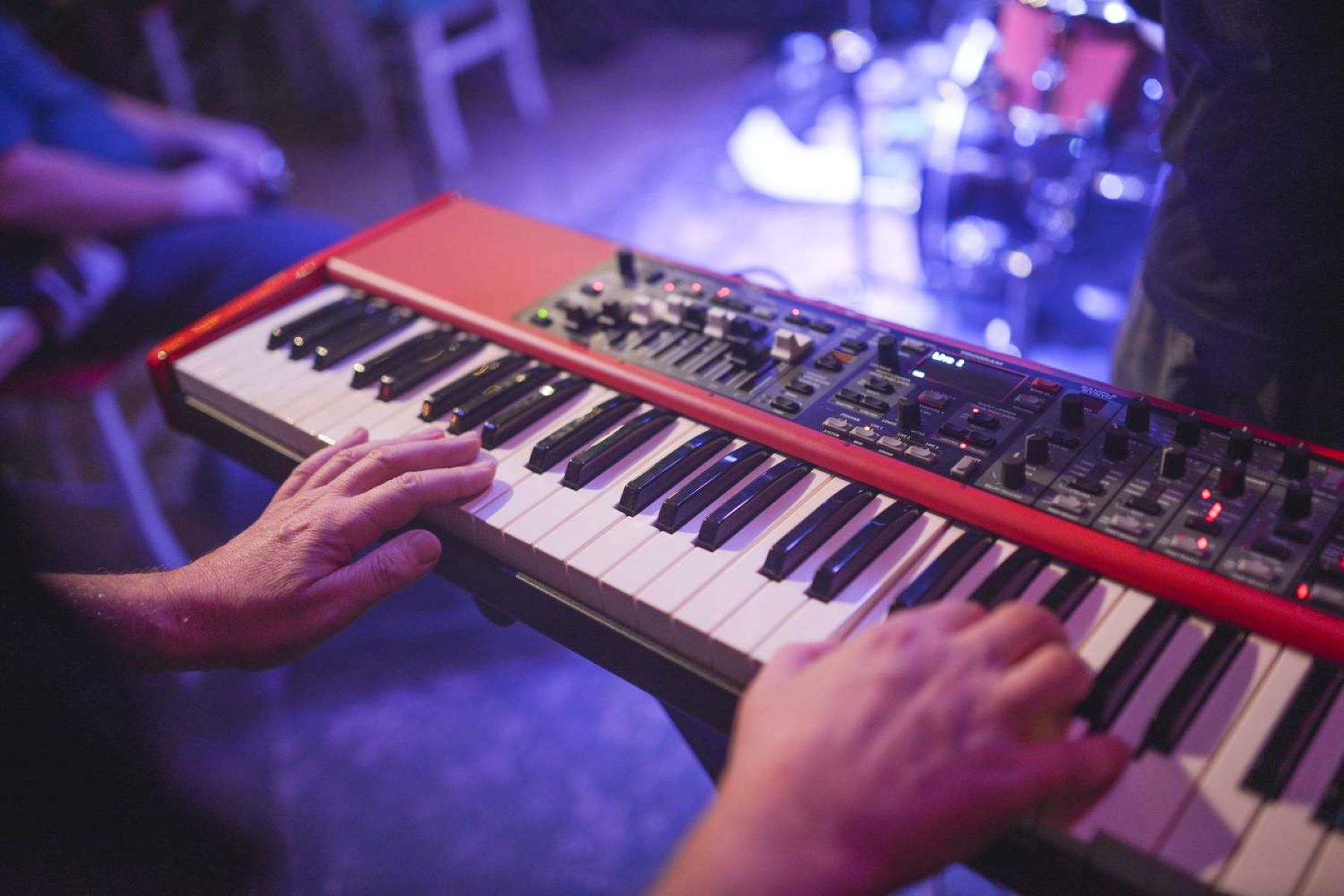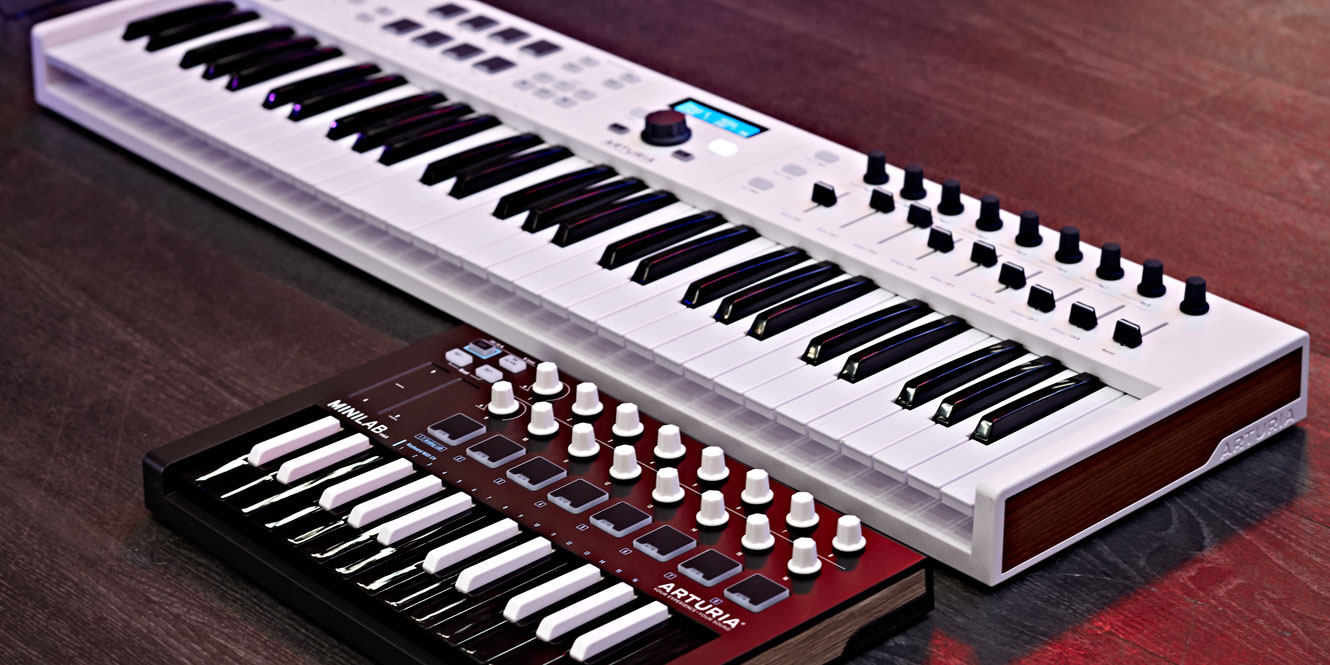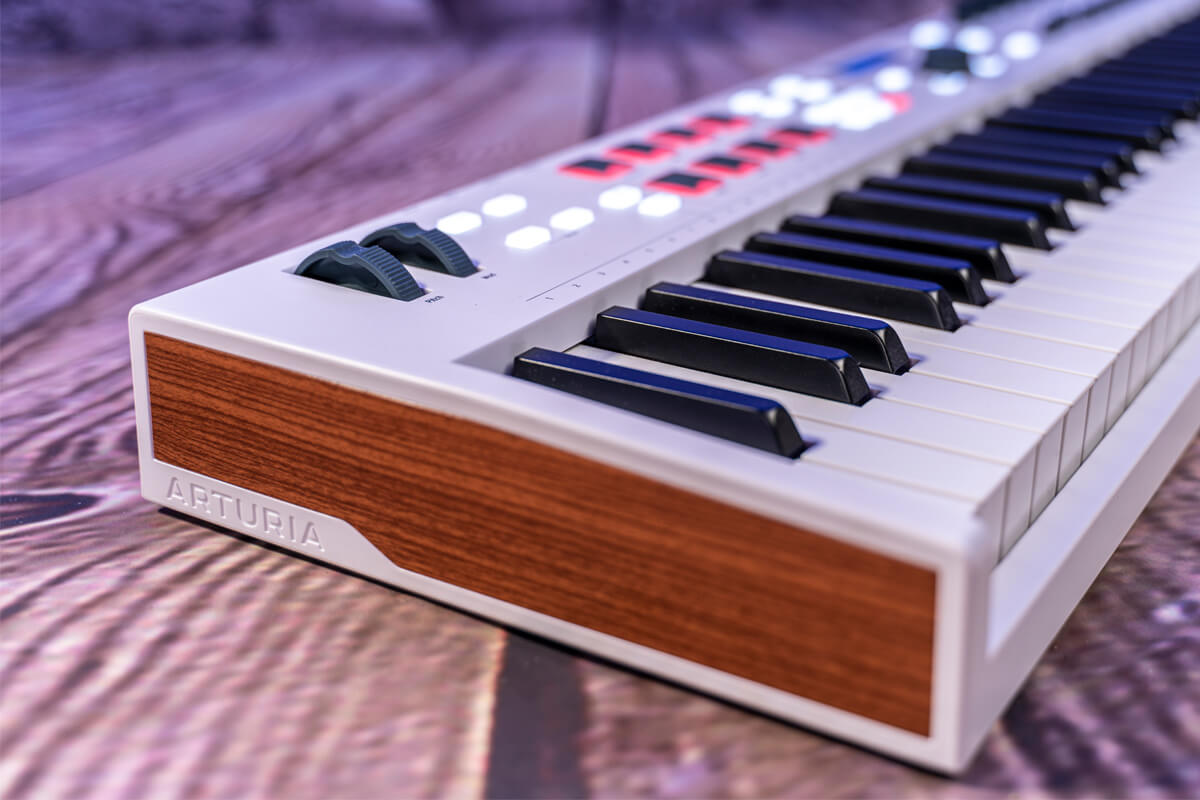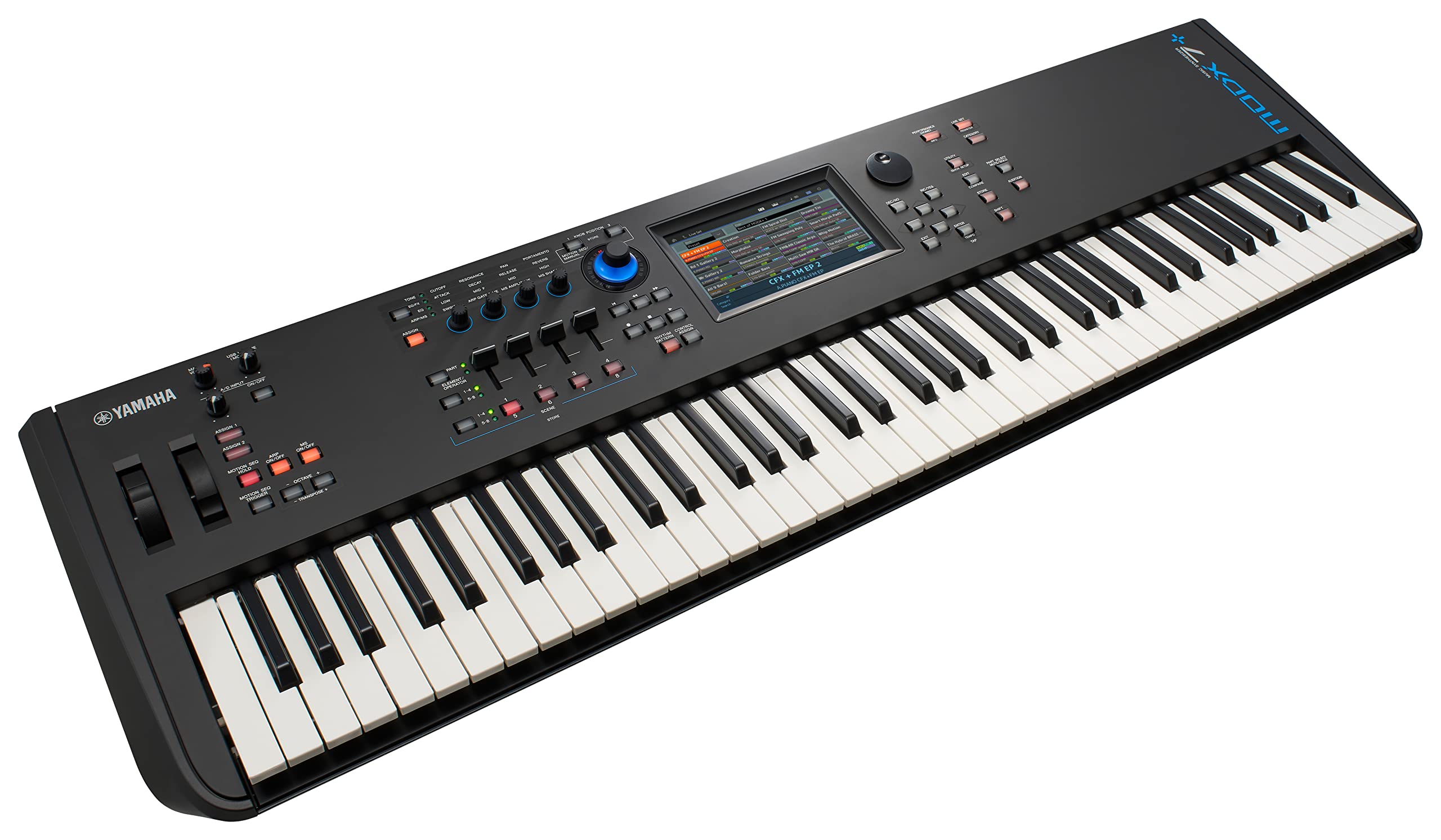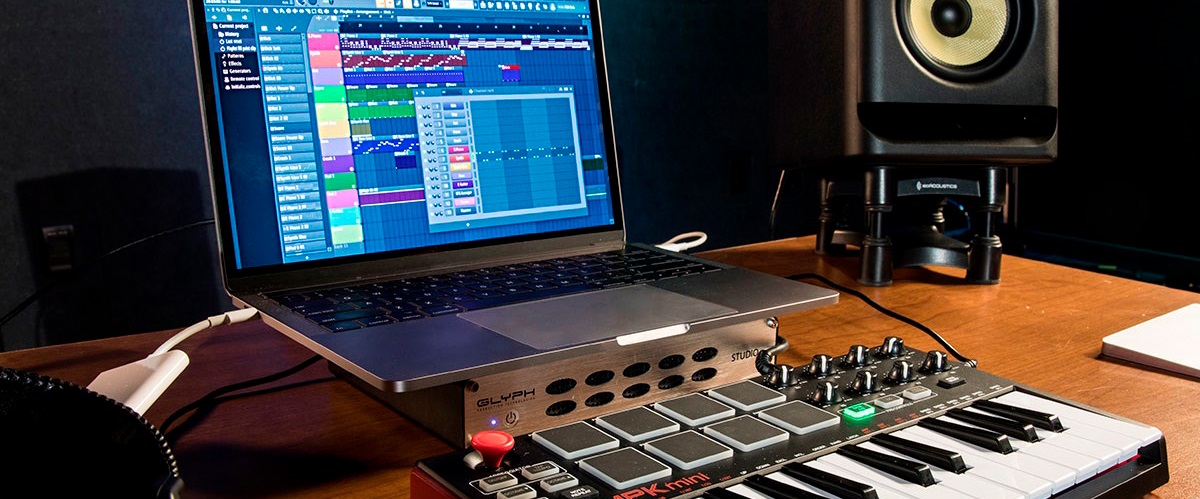Introduction
Are you a music enthusiast who wants to explore the world of digital music production? Or perhaps you're a pianist looking for a versatile and compact solution to practice and create music on the go? Look no further than the MPK Mini MIDI keyboard! This powerful yet portable device offers a wide range of features that allow you to use it as a piano and unlock your musical creativity.
The MPK Mini MIDI keyboard is a compact and versatile tool that serves as a bridge between traditional piano playing and modern digital music production. Whether you're a beginner or a seasoned musician, this innovative keyboard opens up a world of possibilities for creating, recording, and performing music.
In this guide, we'll walk you through the process of using the MPK Mini MIDI keyboard as a piano. From setting up the keyboard to configuring it with piano software and playing it like a traditional piano, you'll discover how to unleash the full potential of this remarkable device. Additionally, we'll provide valuable tips to help you make the most of your MPK Mini MIDI keyboard as a piano, ensuring that you can enjoy a seamless and enriching musical experience.
Join us as we embark on a journey to harness the power of the MPK Mini MIDI keyboard and transform it into a versatile and expressive piano, enabling you to bring your musical ideas to life with ease and precision. Let's dive into the world of digital music creation and explore the boundless opportunities that await when you combine the convenience of the MPK Mini MIDI keyboard with the timeless allure of the piano.
Setting Up the MPK Mini MIDI Keyboard
Before you can begin using the MPK Mini MIDI keyboard as a piano, it’s essential to set it up correctly to ensure seamless integration with your computer or digital audio workstation (DAW). The following steps will guide you through the process of preparing your MPK Mini MIDI keyboard for piano performance:
- Connect the MPK Mini MIDI Keyboard: Start by connecting the MPK Mini MIDI keyboard to your computer using a USB cable. Once connected, the keyboard will draw power from the computer, eliminating the need for additional power sources.
- Install the Required Software: Depending on your preferred digital audio workstation or piano software, you may need to install the necessary drivers and software to enable communication between the MPK Mini MIDI keyboard and your computer. Most software packages provide straightforward installation instructions to streamline this process.
- Configure MIDI Settings: Access the MIDI settings on your computer or digital audio workstation to ensure that the MPK Mini MIDI keyboard is recognized as a MIDI input device. This step is crucial for transmitting your piano performances from the keyboard to the software for sound generation.
- Verify Connection and Compatibility: Once the keyboard is connected and the software is installed, verify that the MPK Mini MIDI keyboard is successfully communicating with your computer. Test the keys and controls to ensure that they trigger the expected responses in your chosen piano software.
By following these steps, you can establish a solid foundation for using the MPK Mini MIDI keyboard as a piano. The seamless setup process paves the way for a smooth transition into the world of digital piano performance and music production. With the keyboard properly connected and configured, you’re ready to explore the myriad possibilities that await when you combine the versatility of the MPK Mini MIDI keyboard with the expressive nature of a piano.
Configuring the MPK Mini MIDI Keyboard with Piano Software
Once your MPK Mini MIDI keyboard is connected to your computer and the necessary software is installed, it’s time to configure the keyboard to work seamlessly with piano software. Whether you’re using standalone piano software or integrating the MPK Mini MIDI keyboard with a digital audio workstation (DAW) that features piano plugins, the following steps will help you optimize the keyboard’s performance as a piano:
- Mapping MIDI Controls: Many piano software applications and DAWs allow you to map MIDI controls to specific functions within the software. Take advantage of this feature to assign the MPK Mini MIDI keyboard’s knobs, pads, and keys to various parameters such as modulation, pitch bend, sustain, and expression, enhancing your ability to create dynamic and nuanced piano performances.
- Adjusting Velocity Sensitivity: The MPK Mini MIDI keyboard offers velocity-sensitive keys, meaning that the force with which you strike the keys affects the volume and tone of the notes. Configure the velocity sensitivity settings within the piano software or DAW to align with your playing style, ensuring that the keyboard responds accurately to your dynamics and articulation.
- Exploring Piano Sound Libraries: If your piano software supports additional sound libraries or presets, take the time to explore and select piano sounds that resonate with your musical preferences. Experiment with different piano timbres and characteristics to find the perfect sonic palette for your compositions and performances.
- Utilizing Performance Features: Familiarize yourself with the performance features offered by the piano software or DAW, such as layering multiple piano sounds, applying effects, and recording and editing performances. These features can elevate your piano playing experience and empower you to unleash your creativity with the MPK Mini MIDI keyboard.
By configuring the MPK Mini MIDI keyboard with piano software, you can harness the full potential of the keyboard as a versatile and expressive piano instrument. The seamless integration between the keyboard and the software opens up a world of possibilities for crafting captivating piano performances and compositions, allowing you to immerse yourself in the art of digital piano playing with unparalleled flexibility and control.
Playing the MPK Mini MIDI Keyboard as a Piano
Now that your MPK Mini MIDI keyboard is set up and configured to work harmoniously with piano software, it’s time to unleash your creativity and dive into the immersive experience of playing the keyboard as a piano. Whether you’re a seasoned pianist or a newcomer to the world of digital music, the MPK Mini MIDI keyboard offers a dynamic and expressive platform for bringing your piano performances to life.
As you embark on your journey of playing the MPK Mini MIDI keyboard as a piano, consider the following tips to enhance your experience:
- Embrace Expressive Playing: Leverage the velocity-sensitive keys of the MPK Mini MIDI keyboard to infuse your piano performances with dynamic expression. Experiment with varying touch and force to convey emotion and nuance in your playing, just as you would with a traditional piano.
- Explore Articulation and Phrasing: Delve into the realm of articulation and phrasing by utilizing the keyboard’s responsive keys to articulate notes with precision and shape melodic phrases with finesse. The MPK Mini MIDI keyboard empowers you to craft compelling musical narratives through thoughtful and deliberate playing techniques.
- Utilize Modulation and Pitch Bend: Take advantage of the modulation and pitch bend controls on the MPK Mini MIDI keyboard to add expressive flourishes and embellishments to your piano performances. These controls enable you to introduce subtle pitch variations and modulations, enhancing the depth and character of your playing.
- Experiment with Performance Controls: Engage with the keyboard’s performance controls, such as pads and knobs, to introduce creative elements into your piano performances. From triggering additional sounds and effects to adjusting parameters in real time, these controls offer a wealth of possibilities for shaping your musical expression.
By immersing yourself in the experience of playing the MPK Mini MIDI keyboard as a piano, you can unlock a world of musical creativity and innovation. Whether you’re composing original pieces, reimagining classic compositions, or simply enjoying the expressive nature of piano playing, the MPK Mini MIDI keyboard serves as a versatile and captivating instrument that transcends traditional boundaries, allowing you to explore new horizons in the realm of digital piano performance.
Tips for Getting the Most Out of Your MPK Mini MIDI Keyboard as a Piano
As you embark on your musical journey with the MPK Mini MIDI keyboard serving as your versatile piano instrument, consider the following tips to maximize your experience and elevate your piano performances to new heights:
- Customize MIDI Mapping: Take advantage of the MPK Mini MIDI keyboard’s customizable MIDI mapping capabilities to tailor the keyboard’s controls to suit your playing style and workflow. By assigning specific functions to the pads, knobs, and keys, you can create a personalized interface that empowers you to express yourself effortlessly during piano performances.
- Experiment with Piano Pedal Emulation: Explore the option of using piano pedal emulation features within your piano software or digital audio workstation to simulate the expressive nuances of a traditional piano pedal. This emulation enables you to introduce sustain, dynamics, and phrasing variations, enriching your piano performances with authentic and emotive qualities.
- Integrate Performance Templates: Many piano software and digital audio workstations offer performance templates tailored for MIDI controllers like the MPK Mini. These templates streamline the integration process and provide pre-configured settings optimized for piano playing, allowing you to focus on your musical expression without the need for extensive manual configuration.
- Explore Layered Soundscapes: Experiment with layering multiple piano sounds or combining piano timbres with complementary instrument sounds to create rich and immersive sonic landscapes. The MPK Mini MIDI keyboard’s versatility enables you to craft multi-dimensional piano performances that transcend traditional boundaries, offering a captivating and expressive musical experience.
- Embrace Real-Time Recording and Performance: Leverage the real-time recording capabilities of your piano software or digital audio workstation to capture your spontaneous piano performances with precision and clarity. Whether you’re improvising, composing, or interpreting existing pieces, the MPK Mini MIDI keyboard empowers you to capture the essence of your musical expression in the moment.
By incorporating these tips into your musical explorations with the MPK Mini MIDI keyboard as a piano, you can unlock a world of creative possibilities and refine your piano performances with finesse and authenticity. Embrace the boundless potential of the MPK Mini MIDI keyboard as a versatile and expressive piano instrument, and let your musical imagination soar as you embark on a captivating journey of digital piano artistry.







